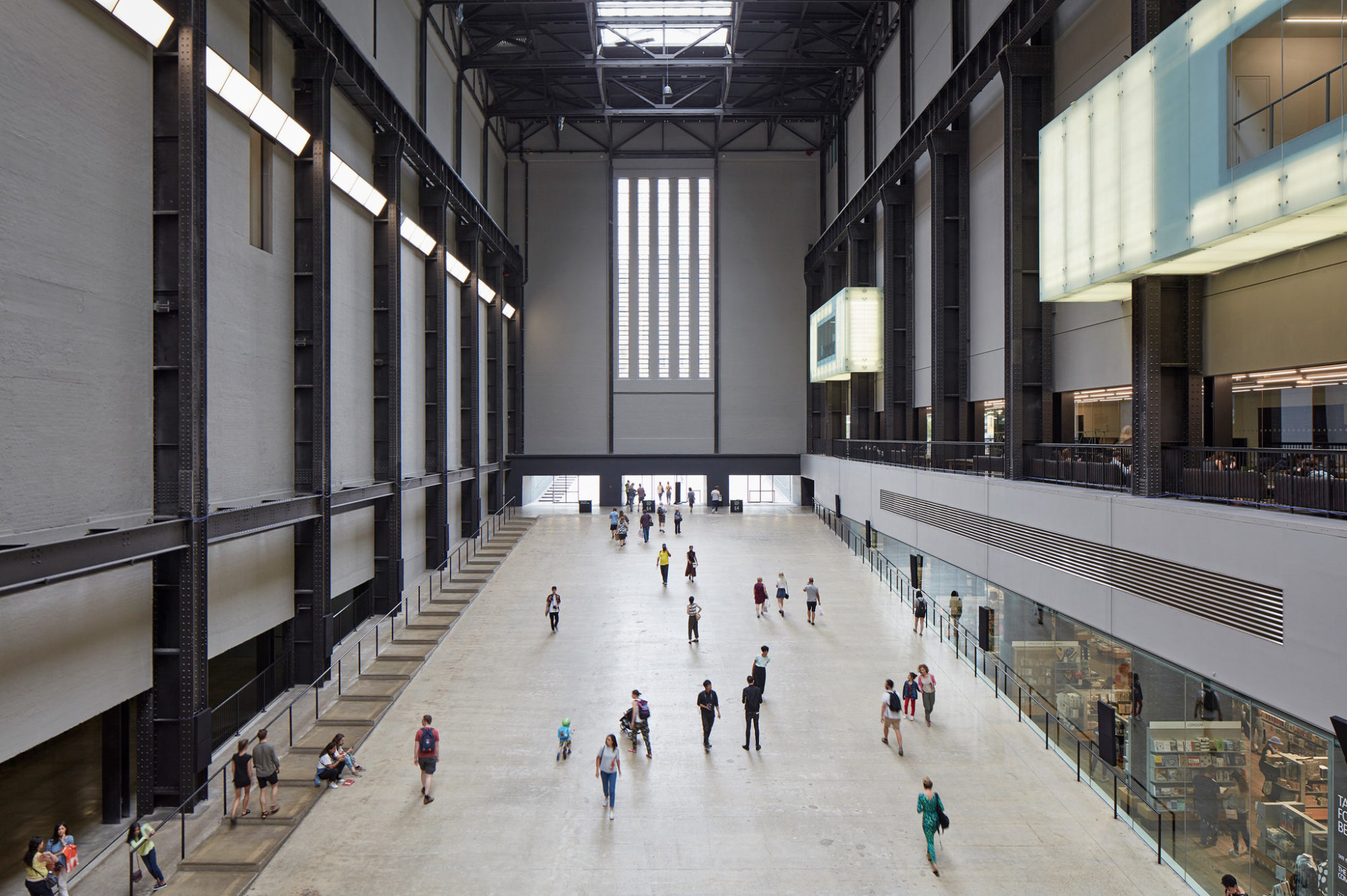“Industrialism adheres to a simple, strong aesthetic with a focus on the raw functionality of the elements” – Alison Giese (designer)
Industrial aesthetic in design gained popularity in the early 2000s and has remained popular. Most of the context I’ve seen it in is in interior design, or the design of city spaces. Generally, industrial aesthetics are inspired by the utilitarian functionality of factories and warehouses, and make use of simple stripped down spaces.
Commonly industrial aesthetics compose natural color palettes, generally using black brown and grey with lighter colors as highlights. Sometimes industrial spaces will be paired with more exciting and modern furniture or highlighting objects. Often raw materials are worked into industrial aesthetics, with metallic highlights of copper, steel, or other commonly used industrial materials. Spaces utilizing an industrial aesthetic tend to make use of an open floor plan with repurposed spaces and sectionals for division of rooms, etc. I’ve seen a lot of examples of raw bricks, exposed HVAC, exposed structural elements. A great example of exposed structure is the Tate Modern museum in London:

The Tate modern used to be a power plant, and the main room seen above used to house turbines, and now makes for a pleasing industrial aesthetic and a good setting for an art museum. The space is extremely functional, as it has large open spaces that allow for art installations to regularly cycle in. Functionality is prioritized, and the building’s design has a raw, unfinished look through it’s reuse of such a fundamentally industrial space.
Another interesting example of a repurposed industrial space is found with this apartment complex in Copenhagen, Denmark:
This building used to be used for repairing military submarines, and was converted to an apartment building while still maintaining the interesting industrial aesthetic of a submarine repair facility. Quite fascinating, and in some ways a very cool means of upcycling concrete and structure, both heavily carbon intensive materials.
Though perhaps this is going out on a limb, I saw another great example of industrial aesthetic in a park in Seattle this year at Gas Works Park, where an old industrial facility highlights the park, and the area has been repurposed but now has a fascinating industrial aesthetic. This makes for a raw, unfinished look of a worn down industrial space that provides a backdrop for recreation.

Beyond exclusively focusing on buildings and spaces, some products are also designed with an industrial aesthetic, such as this lamp: where raw materials and piping commonly used in industry are incorporated into an every day object to add an industrial aesthetic.

I’ve also seen an industrial aesthetic applied in the home through use of cut wire shelving, and raw metal finishes on kitchen walls, or even in bedrooms. I’ve also really liked the look of raw polished concrete pillars in studios, and incorporation of unfinished ceilings in studio apartments.

Industrial design aesthetic provides a sense of modernity, stability, durability and reliability. Utilizing raw industrial materials that have held up in industrial application gives us a sense that these utilitarian finishes will provide long lasting minimalist designs.
In summary, the industrial aesthetic is characterized by raw materials, utilitarian spaces, and emphasis on functionality and simplicity. It’s commonly applied in cities where large warehouses and old industrial buildings are repurposed due to their location and aesthetic into modern housing or public spaces.


5 Comments. Leave new
[…] Industrial Aesthetic […]
I like how this aesthetic involves the repurpose of buildings. I have seen it firsthand with old factories becoming a downtown hub of businesses and apartments. It seems great way to preserve history as well as create stylish and functional buildings, especially in industrial cities. I wonder how this aesthetic will evolve, as we are now repurposing buildings. What will this look like in the future? Will Apple like aesthetics be “industrial” in the future?
Good point Alex! I think that certainly in large cities, we’ll see more of this industrial aesthetic as it allows us to repurpose buildings as our economy changes over time. It’ll be interesting to see if with a drive to have more American manufacturing, do old manufacturing facilities get re used to manufacture new components and assemblies.
What a treat to find a new aesthetic principle that I appreciate.
Though most of your architectural examples make a lot of sense to me, the lamp struck me as odd. While the interior and exterior spaces seem to draw their appeal from celebrating their component materials that are necessary for their existence, I have seen more functional lamps that seem to require it not to use the same materials as these buildings.
Since the lamp is only pretending to need these materials, while other manufacturing styles are more suited, the lamp is no longer celebrating the function of a lamp, but trying to imitate these buildings. Is the Industrial aesthetic more associated with the materials used, or more with the unapologetic display of its component materials?
Agreed that the lamp is a significantly less functional than the other examples I’ve posted. I think the industrial aesthetic is both associated with the materials and spaces used, and their functionality. However, one could argue that the lap could be built from what was available, and thus bringing these older pipes etc. back into life in an industrial aesthetic fashion.